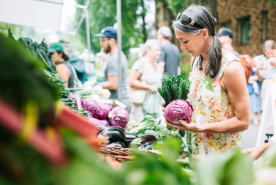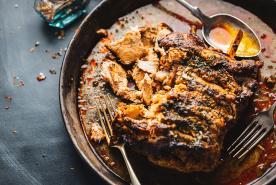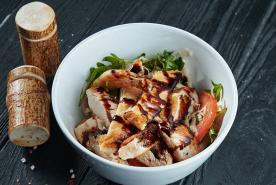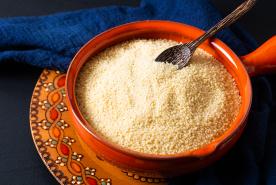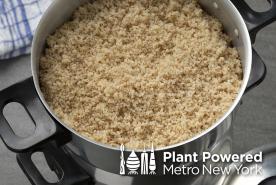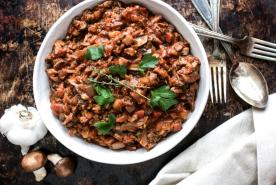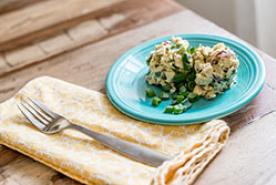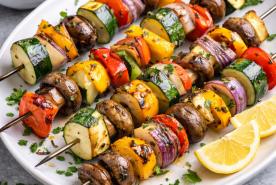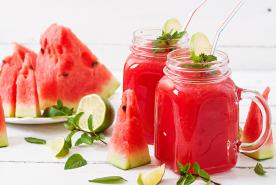May 09, 2023
Here are five foods to help you celebrate the changing season. Just make sure you speak with a kidney dietitian before changing or adding anything new to your diet.
Jump to:
Avocados
Strawberries
Broccoli
Apples
Low-phosphorus cheese
1. Avocados
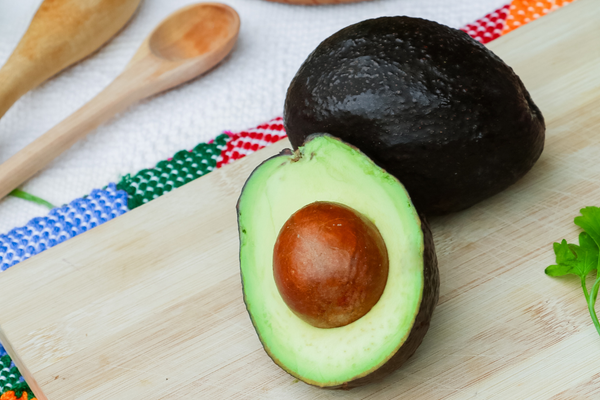
Avocados are nutrient-dense fruit containing 20 different vitamins, minerals, and monounsaturated fat, which may help reduce bad cholesterol and inflammation.
Avocados don’t have high amounts of phosphorus or sodium but are considered high-potassium food. Many people on hemodialysis can have high-potassium foods if they are mindful of how much potassium they eat overall. For people on daily-home dialysis or peritoneal dialysis, you’ll likely need more dietary potassium to replace what is lost from dialysis. Work with a kidney dietitian to find the right balance for you.
Serving size: 1/3 of a whole avocado
| Calories | 84 |
| Protein | 1 g |
| Carbohydrates | 4 g |
| Sugars | 0 g |
| Fiber | 3 g |
| Fat | 8 g |
| Sodium | 4 mg |
| Phosphorus | 27 mg |
Get an avocado and pea guacamole recipe.
2. Strawberries
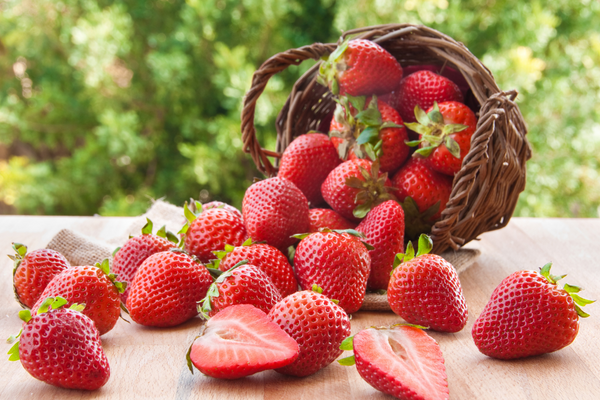
Strawberries are sweet and tart fruit naturally low in calories, potassium, and phosphorus. They’re jam-packed with vitamin c, manganese, and antioxidants. If you struggle to keep your strawberries from going moldy, try these tips.
How to store strawberries:
- Put a paper towel at the bottom of the container you store strawberries in to absorb extra moisture.
- Avoid rinsing strawberries until you plan to eat them.
- Freeze fresh whole or sliced strawberries on a sheet pan in a single layer—once solid, place in a freezer bag for up to 6 months.
Get a strawberry protein salad recipe.
3. Broccoli
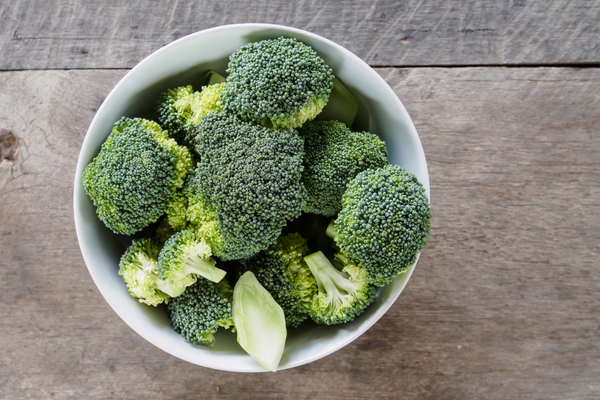
Broccoli is a versatile vegetable that can be enjoyed cooked or raw. It’s also a fantastic source of antioxidants that may help reduce inflammation, improve blood sugar control, and promote heart health.
Broccoli is full of:
- Fiber
- Vitamins C and K
- Iron
- Potassium
- Calcium
Get more broccoli nutritional facts.
4. Apples
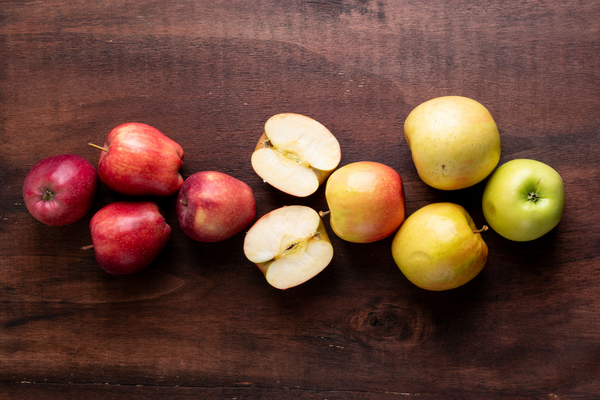
Apples contain a great source of fiber, vitamin C, and antioxidants–eating the peel on apples gives you two to six times the antioxidants as without! They are also low in calories and may help control blood sugar if chosen over fruit juice.
| Type of apple | Flavor profile | Uses |
|---|---|---|
| Ambrosia | Sweet and crisp | Baking, eating, salad |
| Braeburn | Sweet and hard | Eating, salad, sauce, baking |
| Granny Smith | Tart and firm | Baking, eating |
| Honeycrisp | Sweet and crisp | Eating, salad, dipping |
| Red Delicious | Sweet and firm | Eating, salad |
Get a cinnamon-stewed apple recipe.
5. Low-phosphorus cheeses
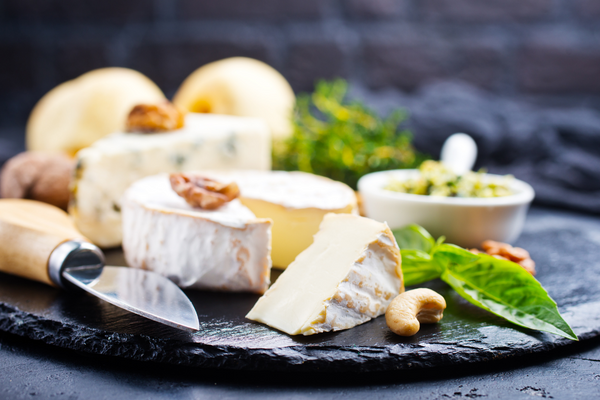
There are numerous delicious kinds of cheese, but many are high in potassium, sodium, and saturated fat, making them less-than-ideal for people with kidney disease. However, you may be able to incorporate some low-fat, low-phosphorus cheeses into a kidney-disease diet.
| Cheese | Serving size | Phosphorus | Sodium | Potassium | Protein |
| Cream cheese | 2 tbsp | 32 mg | 96 mg | 37 mg | 1.8 g |
| Ricotta cheese | ¼ cup | 49 mg | 26 mg | 136 mg | 3.5 g |
| Goat cheese (soft) | 1 oz | 72 mg | 103 mg | 7 mg | 5.2 g |
| Monterey jack cheese | 1 oz | 124 mg | 150 mg | 25 mg | 6.9 g |
| Muenster cheese | 1 oz | 130 mg | 174 mg | 38 mg | 6.6 g |
Find more kidney-disease-friendly cheeses.
Find the perfect recipe
View our kidney superfoods or get more kidney-friendly recipes.







